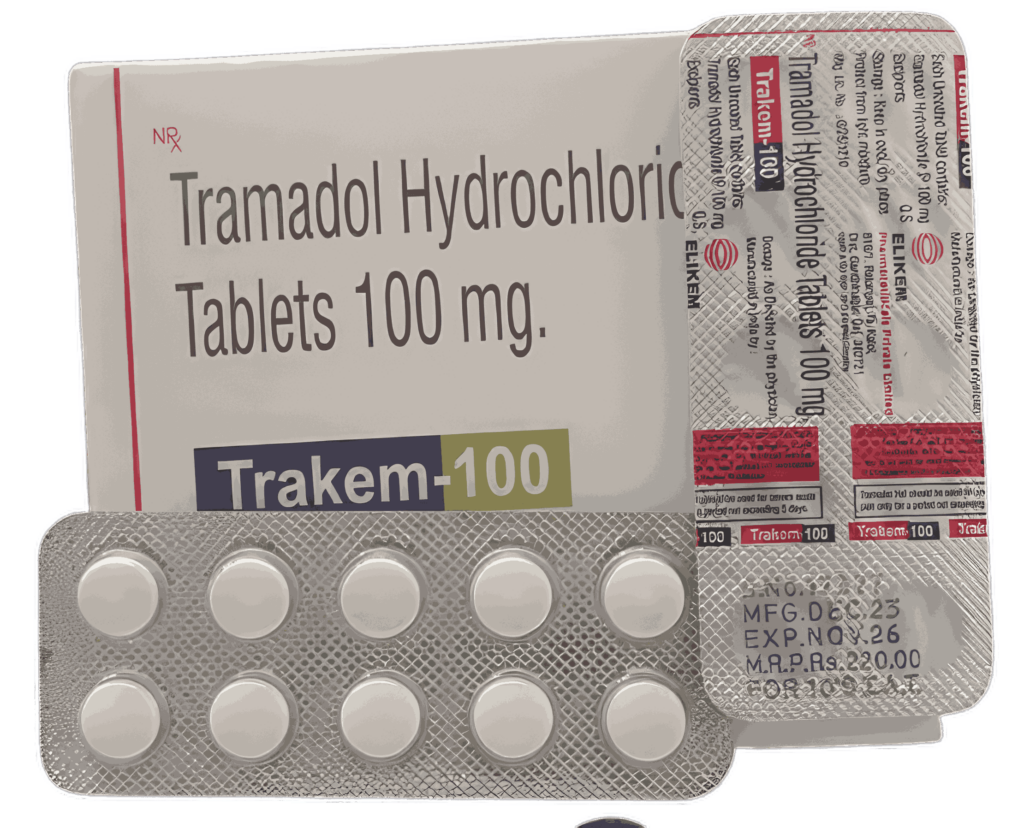Unlocking Your Power: Strength Training for Women Over 40
Do you sometimes feel like your body isn’t quite the same as it used to be? Perhaps you’ve noticed a subtle shift in energy, a little less oomph in your daily tasks, or that clothes aren’t fitting quite right, despite no major changes in diet. You’re not imagining it. For women over 40, physiological changes begin to accelerate, making proactive health strategies not just beneficial, but essential. This is where the transformative power of strength training for women over 40 comes into play, offering a robust shield against the challenges of aging and a gateway to renewed vitality.
It’s easy to feel disheartened by these changes, or even to assume they’re an inevitable decline that must be passively accepted. But what if we told you that not only can you slow down many of these processes, but you can actually reverse some of them, building a stronger, more resilient body? This article will delve into the science behind these changes, highlight why strength training is your ultimate ally, and provide practical, evidence-based strategies to help you build strength, boost health, and redefine what’s possible after 40.
The Unseen Shift: Why Our Bodies Change After 40
As women transition through their 40s and into perimenopause and menopause, a series of profound hormonal shifts initiate a cascade of physical changes. Understanding these underlying causes is the first step towards reclaiming control over your health.
The Impact of Estrogen Decline
Estrogen, a hormone central to female health, begins to fluctuate and eventually decline significantly during this period. Beyond its reproductive roles, estrogen plays a vital part in maintaining bone density, muscle mass, and metabolic rate. Its reduction contributes to:
- Accelerated Bone Loss: Estrogen helps to protect bones. As it declines, the rate of bone resorption (breakdown) can outpace bone formation, leading to lower bone mineral density and an increased risk of osteopenia and osteoporosis.
- Sarcopenia and Muscle Atrophy: Often unnoticed until it becomes significant, sarcopenia is the age-related loss of muscle mass, strength, and function. Studies show that adults can lose 3-8% of their muscle mass per decade after age 30, with this rate accelerating after 50, especially in women due to hormonal changes. This loss not only affects strength but also metabolism.
- Metabolic Slowdown: Muscle tissue is metabolically active, burning more calories at rest than fat tissue. As muscle mass decreases, your resting metabolic rate slows down, making it easier to gain weight and harder to lose it, even if your diet remains consistent.
These interconnected changes can lead to a vicious cycle: less muscle means a slower metabolism, which can lead to weight gain, further impacting mobility and energy levels. The good news is that strength training directly counters these issues, offering a powerful intervention.
(Image Suggestion: An infographic depicting the interconnectedness of estrogen decline, muscle loss, bone density reduction, and metabolic slowdown in women over 40.)
Beyond Aesthetics: The Profound Benefits of Strength Training
While often associated with building visible muscle, the benefits of incorporating resistance exercises into your routine extend far beyond the mirror. For women over 40, strength training is a cornerstone of holistic health.
- Fortified Bones and Joints: Resistance exercises put stress on your bones, stimulating osteoblasts (bone-building cells) to lay down new bone tissue. This is a critical defense against osteoporosis. A study published in the Journal of Bone and Mineral Research (2018) demonstrated that high-intensity progressive resistance training is highly effective in improving bone mineral density in postmenopausal women.
- Boosted Metabolism and Fat Loss: More muscle mass means a higher resting metabolic rate, helping you burn more calories throughout the day, even when you’re not exercising. This makes weight management significantly easier and contributes to a healthier body composition.
- Enhanced Functional Strength and Independence: Everyday tasks like carrying groceries, lifting grandchildren, or climbing stairs become easier. By building functional strength, you improve your balance, reduce your risk of falls, and maintain your independence as you age.
- Improved Mood and Cognitive Function: Exercise, especially strength training, releases endorphins, which have mood-boosting effects. Regular physical activity has also been linked to improved cognitive function and reduced risk of neurodegenerative diseases. A systematic review in Frontiers in Psychology (2019) highlighted the positive impact of resistance training on mental health outcomes.
- Reduced Risk of Chronic Diseases: Strength training improves insulin sensitivity, lowering the risk of Type 2 Diabetes. It also contributes to better cardiovascular health by reducing blood pressure and improving cholesterol profiles.
Designing Your Powerhouse Plan: Strength Training Strategies for Women Over 40
Starting a strength training regimen doesn’t have to be intimidating. The key is consistency, proper form, and progressive challenge. Here’s how to build an effective plan:
1. Progressive Overload: The Secret to Continuous Gains
This fundamental principle means gradually increasing the demands on your muscles over time. Without it, your body adapts and stops making progress. Progressive overload can be achieved by:
- Increasing weight: Once you can comfortably complete 10-12 repetitions with good form, it’s time to increase the weight slightly.
- Increasing repetitions: If you can’t increase the weight yet, try doing more reps with the same weight.
- Increasing sets: Add another set to your exercises.
- Decreasing rest time: Shorter rest periods between sets can increase intensity.
- Improving form/time under tension: Slower, more controlled movements can make an exercise more challenging.
(Image Suggestion: A simple graphic illustrating progressive overload, showing increasing weight or reps over time.)
2. Master Your Form, Then Add the Weight
Prioritizing proper technique is crucial to prevent injuries and ensure you’re effectively targeting the intended muscles. Start with lighter weights or even just your body weight to perfect your form before adding significant load. Consider working with a certified personal trainer, at least initially, to learn correct movement patterns for key exercises like squats, deadlifts, presses, and rows.
3. Smart Programming: Full Body vs. Splits
For most women over 40 starting out, a full-body routine 2-3 times a week is highly effective. This allows you to hit all major muscle groups and get adequate recovery. As you advance, you might explore split routines (e.g., upper body/lower body) to allow for more volume and specific muscle group focus. Aim for 2-3 sets of 8-12 repetitions for most exercises.
4. Listen to Your Body: Recovery is Non-Negotiable
Muscle growth happens during rest, not during the workout. Ensure you get adequate sleep (7-9 hours), incorporate rest days between intense sessions, and consider active recovery like walking, yoga, or stretching. Overtraining can lead to injury, fatigue, and burnout, derailing your progress.
Fueling Your Strength: Nutrition for Muscle & Bone Health
Exercise is only half the equation. What you eat directly impacts your ability to build muscle, strengthen bones, and recover effectively.
- Prioritize Protein: Aim for 0.7-1.0 grams of protein per pound of body weight daily, distributed throughout your meals. Protein is essential for muscle repair and growth. Think lean meats, poultry, fish, eggs, dairy, legumes, and plant-based protein powders.
- Calcium and Vitamin D: These are vital for bone health. Dairy products, fortified plant milks, leafy greens, and fatty fish are good sources. Sunlight exposure and supplements may be necessary for Vitamin D, especially in northern latitudes. The National Institutes of Health (NIH) offers comprehensive guidelines on daily intake for these crucial nutrients.
- Hydration: Water plays a role in nearly every bodily function, including nutrient transport and joint lubrication. Drink plenty of water throughout the day.
- Balanced Diet: Don’t forget healthy fats (avocado, nuts, seeds) for hormone production and energy, and complex carbohydrates (whole grains, fruits, vegetables) for sustained energy during workouts and overall health.
(Image Suggestion: A balanced plate diagram showing appropriate proportions of protein, vegetables, complex carbs, and healthy fats.)
Real Women, Real Strength: Inspiring Journeys
Consider the story of Maria, a 48-year-old mother of two who felt her energy flagging and her joints aching. “I used to think my active days were behind me,” she recounts. “I’d try various diets and cardio, but nothing stuck. I felt perpetually tired and worried about my future mobility.” After discovering the benefits of strength training for women over 40, Maria started with bodyweight exercises, gradually incorporating dumbbells and resistance bands. Within six months, she noticed a remarkable difference. “My knees don’t ache anymore, I can lift my heavy grocery bags with ease, and I even started hiking again. It’s not just about physical strength; it’s about a mental shift, a feeling of empowerment.”
Maria’s experience echoes what many experts observe. Dr. Eleanor Vance, a physiotherapist specializing in women’s health, notes, “The female body, even past 40, possesses incredible adaptability. We frequently see women who embrace resistance training not only halt, but often reverse, significant muscle and bone loss. It’s truly inspiring to witness their improved confidence and quality of life.” This expert perspective reinforces that age is merely a number when it comes to building physical resilience.
Unmasking the Myths: What Few People Tell You About Lifting Weights After 40
Despite overwhelming evidence, many misconceptions still deter women from embracing strength training. Let’s debunk some common myths that prevent women from unlocking their full potential:
- “I’ll get bulky.” This is perhaps the most pervasive myth. Women simply don’t have the testosterone levels required to build huge muscles easily. Professional female bodybuilders dedicate their lives to intense training, strict diets, and often, pharmacological support to achieve their physiques. For the average woman, strength training will result in a leaner, more toned, and powerful body, not a “bulky” one.
- “It’s too late to start; I’m too old.” It is never too late to begin. Research consistently shows that individuals of all ages, even those in their 70s, 80s, and beyond, can build muscle and strength through resistance training. The body’s capacity to adapt and respond to appropriate stimuli persists throughout life.
- “Cardio is enough for health and weight loss.” While cardio is excellent for cardiovascular health, it doesn’t effectively stimulate muscle growth or bone density in the same way resistance training does. For comprehensive health, especially post-40, both are crucial. Cardio for heart health, strength training for muscle, bone, and metabolic health.
- “Lifting weights is bad for my joints.” On the contrary, strength training, when performed with proper form, actually strengthens the muscles and connective tissues surrounding joints, providing greater stability and reducing the risk of injury. It can also alleviate pain from conditions like osteoarthritis by improving joint support.
- “I need a gym and fancy equipment.” While gyms offer a wide range of equipment, effective strength training can be done at home with minimal equipment. Bodyweight exercises, resistance bands, and a set of dumbbells are all you need to get started and see significant progress.
Your Path to Enduring Vitality: A Lifelong Commitment
Stepping into your 40s doesn’t mean stepping down from your physical prime. It’s an opportunity to redefine it, to cultivate a body that feels strong, capable, and vibrant. Strength training isn’t just about lifting weights; it’s about lifting your spirits, boosting your confidence, and investing in a future where you remain independent, energetic, and fully engaged with life.
Embrace this powerful tool and witness the profound changes it brings. Start small, stay consistent, and celebrate every victory. Your body is ready to build strength and boost health – are you?
About the Author:
Sarah Jenkins holds a Master’s degree in Exercise Science and is a Certified Strength and Conditioning Specialist (CSCS) with over 15 years of experience coaching women through various life stages. Specializing in functional fitness and healthy aging, Sarah is passionate about empowering women over 40 to reclaim their physical autonomy and enhance their well-being through evidence-based training and nutrition strategies. Her work has been featured in several health and wellness publications, and she regularly conducts workshops on perimenopausal fitness.





